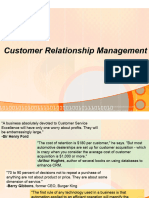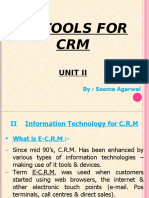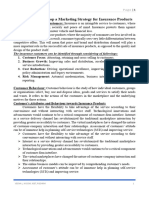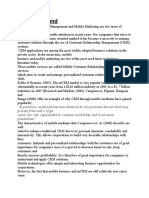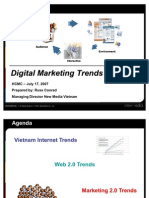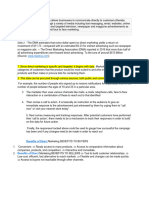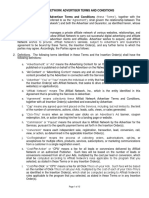0% found this document useful (0 votes)
66 views5 pagesMM II 3rd notesUNIT 4-5
Mobile marketing is a multi-channel digital marketing strategy aimed at reaching target audiences via their smartphones, tablets, and other mobile devices. It includes websites, email, SMS, MMS, social media, and apps. Some key types of mobile marketing are SMS, MMS, mobile apps, Bluetooth marketing, and mobile internet advertisements. Customer relationship management (CRM) systems compile customer data across contact points to improve customer service and drive sales. CRM systems include marketing automation, sales force automation, contact center automation, and analytics capabilities.
Uploaded by
ShUbhAm sMaRtYCopyright
© © All Rights Reserved
We take content rights seriously. If you suspect this is your content, claim it here.
Available Formats
Download as DOCX, PDF, TXT or read online on Scribd
0% found this document useful (0 votes)
66 views5 pagesMM II 3rd notesUNIT 4-5
Mobile marketing is a multi-channel digital marketing strategy aimed at reaching target audiences via their smartphones, tablets, and other mobile devices. It includes websites, email, SMS, MMS, social media, and apps. Some key types of mobile marketing are SMS, MMS, mobile apps, Bluetooth marketing, and mobile internet advertisements. Customer relationship management (CRM) systems compile customer data across contact points to improve customer service and drive sales. CRM systems include marketing automation, sales force automation, contact center automation, and analytics capabilities.
Uploaded by
ShUbhAm sMaRtYCopyright
© © All Rights Reserved
We take content rights seriously. If you suspect this is your content, claim it here.
Available Formats
Download as DOCX, PDF, TXT or read online on Scribd
/ 5










